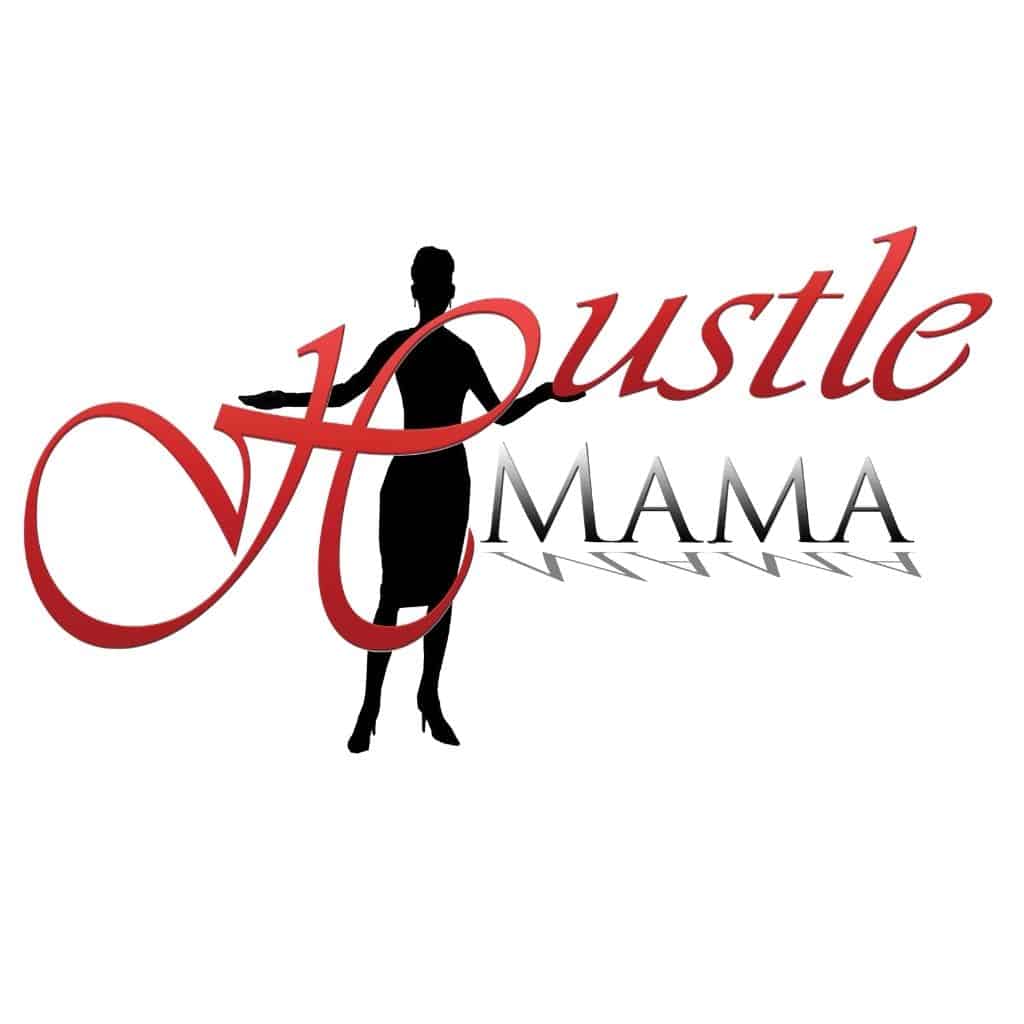Do you think your website speed doesn’t matter? Well, think again. Recent research has found that a delay of a single second in the loading time of a page can decrease page views by 11 percent, customer satisfaction by 16 percent, and conversions by 7 percent.
Thus, the extra time visitors wait on your website could eventually impact your website’s ability to keep them hooked, develop their interest and generate sales. Anyone with an e-commerce site would agree that there are better ways to end a sale than losing customer engagement.
With the empirical evidence mentioned above, you need a fast site with a quick response time. In this age of fast-paced technology, you cannot let your website lag in any way. The speed you’ll achieve by enhancing the performance of your website will not just aid in keeping your profit ratios high but will also help our business’ website rank high in Google search engines.
Excited about the prospects? Well, read through this article for more information on why speed is important and how you can achieve it to increase the performance of our website.
How Can Website Optimization Influence Performance?
The bottom line behind your website is to achieve customer engagement and then influence higher conversion rates. However, slow speeds can kill your conversions.
Website viewers have become impulsive and want their content to load in the fastest time possible. Forty-seven percent of all consumers want the websites they visit to be ready within two seconds or less. Forty percent of viewers confessed to abandoning and canceling pages taking three seconds or more to load.
Just imagine losing so many of your visitors before they can go through your website. This is the impact that poor loading times can have on your traffic. Subsequently, it impacts your sales conversions. If your visitors stick through the poor loading times and the poor performance, chances are that they won’t come back for another visit.
Eighty percent of people interviewed in a survey responded that they wouldn’t return to a website that performed poorly and had slow loading times. Keeping the chief objective of your website in mind, poor loading times are the last thing you would want on it.
What is the Ideal Load Time?
Before we get to the crux of this article, we’ll give you an idea of where to set the goal for the future. With limited knowledge of the acceptable page speed, you won’t be able to set goals for yourself.
According to Google, the best loading time is three seconds or less. However, only a few companies have that type of leading speed. An analysis of 900,000 mobile ads across the globe revealed that they had a load time of 7 seconds or less.
This shows that website owners across the globe have to put in a lot of effort and a lot of work to ensure that they rank their website and attain a perfect load time of 3 seconds or less.
How to Speed Up Your Website?
This now brings us to the meat of this article. We have introduced the problem; now, let’s look into how poor speed can negatively impact your performance. We will not try to tell you exactly how you can increase the speed and performance of your website.
Remember, your website can perform poorly because of a variety of reasons. This is why there are numerous steps that you’ll have to take to rectify the damage done and improve your user’s experience.
Use a Content Delivery Network (CDN)
A Content Delivery Network, or CDN is just what you need to optimize your web speed across the globe. For those who have yet to hear of one, a content delivery network is the name given to a set of servers across geographical locations around the globe. These servers provide quick web content to end users, regardless of location. Website hosting on a single server often goes slow because all requests are sent to the same hardware. The extra time spent processing these requests kills the purpose and delays the process. The load time also increases if your users are far from the hosting server. With CDN, all user requests are redirected to the closest server, so the load time decreases, and the website becomes faster. This can be an expensive option, but optimizing load time is worth all the money.
Move to a Better Hosting Type
There is a reason why your website doesn’t have the speed and buzz that you expect from it. You have gone for a shared hosting plan. For inference, there are three different types of hosting:
- Shared Hosting
- Virtual Private Servers (VPS) Hosting
- Dedicated Server
Shared hosting is the most popular of these three types because it is cheaper than VPS and dedicated servers. Since most website owners are looking for the cheapest way to get their website online, they opt for shared hosting. However, if you truly want to speed up your website, and ensure it gives you optimal performance, then you’d have to shift towards VPS or dedicated servers.
With shared hosting, you also share your disk space, RAM, and CPU with other websites using this server. The added pressure on one server limits the performance of all websites. VPS and dedicated servers are hence much faster than shared hosting because they offer different forms of individuality.
For instance, VPS gives websites their part of a virtual server, where their configurations don’t collide with other clients. A website with average traffic or an e-commerce store with occasional spikes can benefit from a VPS.
Dedicated hosting, the most expensive of all hosting plans, gives you your very own physical server. This is the most desirable out of all options for big-scale websites that service almost all of the globe.
You also have public cloud providers, including Google, Microsoft Azure, and AWS. These providers give you the option to rent dedicated resources from the cloud. With so much variety to choose from for hosting, you can make a detailed decision based on what you consider best.
Optimize Your Images
Everyone loves eye-catching imagery. When it comes to eCommerce sites, images play a vital part in the website’s overall structure. Not only do images make your website more interactive, but they also improve engagement levels. They increase the attention spans of visitors on the website.With just content and no visual imagery, a website could barely get the views and conversions it wants.
However, there is a downside to using too many images on your website. Images are usually large files that take up a lot of space and slow down your website. If you upload high-quality images directly to your website, you, too, would see how the website is slowing down and the load time is increasing.
A solution to the problem is to compress the image size without compromising on the quality it brings. Sounds impossible? Well, it isn’t. With the help of tools like Kraken, ImageOptim, and JPEGmini, you can compress the image size without reducing the quality.
The procedure for reducing the side of the files does take some time, but is it really worth it? Another method to reduce load times without taking off all images is to use the HTML responsive image <size> and <secret> attributes. These adjust the image size according to the user display properties.
Reduce the Number of Plugins
Plugins are commonly applied across a wide variety of websites. These plugins add specific features designed and suggested by third parties to your website. They ultimately enhance the overall curb appeal of your website and make it smoother and more interactive. However, the more plugins you install on your website, the slower it will get. The website’s speed decreases with the addition of plugins because it now requires additional resources to run the plugins.
As time passes by, you keep adding plugins to your website without checking on the previous ones to see whether they are still useful for you or not. Hence, we recommend that you check out all the plugins you have on your website and only keep the ones that are useful for your currently.
You can also run a performance test to determine if plugins are slowing down your website. Your website’s speed can be impacted by the number of plugins and their quality. So, ensure that you check their quality over time and replace or remove plugins hindering performance.
Use Website Caching
Website caching is the ultimate way to decrease load times and give users better speed on your website. When a lot of traffic comes to your website, servers get slow and take more time to deliver the web page to all users. This increases the load time and makes it hard to ensure customer satisfaction, retention, and conversion.
Caching is the process that can curtail this problem, as it stores the current version of your website on your hosting. For those unaware, caching takes the current version of your website and stores it on the host server. This stored version is readily presented to visitors until your website gets updated. This means that now the web page will not render over and over again for every user, as cached web pages don’t have to send a database request each time.
The caching process largely depends on the type of platform that your website has developed. For websites developed on WordPress, the W3 Total Cache or W23 Super Cache would work perfectly fine. If you’re using a VPS or a dedicated server for hosting, you can set up caching under the general settings for the plan. However, website caching is often not available when it comes to shared server plans.
Gzip Compression
Gzip compression is an extremely effective mother for reducing the sizes of files you are working on. The method of compression greatly minimizes HTTP requests and reduces the response time taken by the server. Gzip compresses all your files before they are sent to the browser.
On the other side of the screen, a browser rapidly unzips the files and presents the contents to the viewers. This compression method can work with almost all files within your website and significantly reduce the load time of your website. You can easily enable Gzip by using some codes or by using a utility by the same name.
Database Optimization for Content Management System
Database optimization is quite an effective method for increasing the performance and speed of your website. Websites that use a content management system (CMS) packed with plugins of complex nature have a larger database. This larger database size puts an increased load on the website and takes up a lot of data storage, considering slowing down the website in the process.
Those who have worked on WordPress would know how much space the WordPress CMS takes. Their content management system stores blog posts, comments, and all other information pertaining to the post. If you want to optimize the CMS for your website, you should look for the appropriate tools for doing so. The CMS for websites on WordPress can be optimized through WP-Optimize.

Detect 404 Errors
A 404 error is the most despised web page message for all users. Imagine a visitor coming to your webpage only to be shown a 404 message. Not only would this destroy their current experience with you, but it would also set a bad image for all future visits.
The 404 messages is basically sent by the hosting server to the visitor’s browser when the accessed content for a page no longer exists. When left undetected, these errors can lead to many disgruntled visitors.
The first step to handling this problem required the proper detection of all pages with 404 errors. For this, you will have to use the help of error detection plugins and tools. External tools and plugins like Xenu’s Link Sleuth, Google Webmaster Tools, and Redirectioner Plugin for WordPress help you run this detection.
Once you have detected all the pages with a 404 error, you can assess the traffic each page generates. If these dead pages don’t bring in any visitors and are just an additional load on your server, then it is best to leave them as they are. However, if these pages still bring in traffic, consider fixing the internal links to redirect traffic properly.
Prioritize Loading Above-the-Fold Content
You can significantly improve perception and user experience by loading the content above the fold faster than the rest of the page. With this addition, you will have some content to show, even if the page itself is taking too much time to load. This responsive method, known as lazy loading, is beneficial for pages that have great chunks of content under their fold.
Let’s say, for example, that you post a blog post with other 10 to 15 images. Typically, your viewer’s system would load all these images before showing anything else on the page. However, by applying lazy loading, you can easily load the entire written content first, as the browser also downloads the images and displays them concurrently. This way, your viewers won’t be left waiting for the whole page to load and will see the images as they load over time.
This practice will significantly reduce all of your load times and ensure that the website’s speed is at par with the users’ requirements. Additionally, if your images are optimized through the abovementioned methods, the page will load even more quicker and comprehensively.
Reducing your page load time and overall website speed to where you want it to be can often be complex. However, if you do the job well and give attention to all we have mentioned above, you will get a better-performing website that generates greater traffic and conversion.







